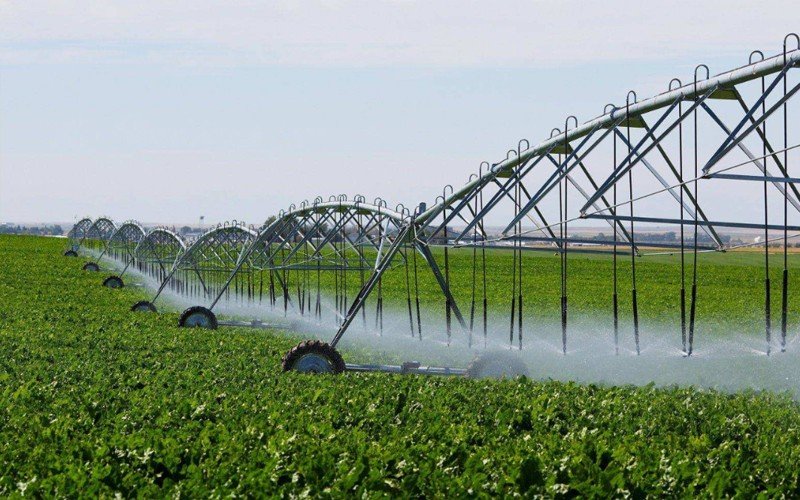
When engaging in agricultural irrigation, there are several precautions to consider to ensure efficient water usage, prevent crop damage, and promote sustainable practices. Here are some important precautions for agricultural irrigation:

1. Understand Crop Water Needs: Different crops have varying water requirements at different growth stages. Understand the specific water needs of your crops and adjust your irrigation practices accordingly. Over-irrigation can lead to water wastage, leaching of nutrients, and increased disease risk, while under-irrigation can negatively impact crop yield and quality.
2. Optimize Irrigation Timing: Time your irrigation to minimize water loss due to evaporation. Avoid irrigating during the hottest part of the day when evaporation rates are high. Early morning or late evening is generally the best time for irrigation as it allows water to penetrate the soil effectively while minimizing evaporation losses.
3. Use Efficient Irrigation Systems: Consider using efficient irrigation systems such as drip irrigation or precision sprinklers. These systems deliver water directly to the root zone, reducing evaporation and ensuring targeted water application. Efficient systems can also minimize runoff and reduce water waste.
4. Monitor Soil Moisture: Regularly monitor soil moisture levels using appropriate tools or techniques. This allows you to adjust irrigation schedules based on actual crop needs and soil moisture conditions. Avoid overwatering by ensuring the soil has a chance to dry out between irrigation events, promoting healthy root development.
5. Implement Irrigation Scheduling: Develop an irrigation schedule based on crop water requirements, weather conditions, and soil moisture levels. Consider factors such as crop stage, evapotranspiration rates, and rainfall forecasts. An irrigation schedule helps optimize water usage and ensures that crops receive adequate moisture without excess irrigation.
6. Manage Irrigation Uniformity: Ensure that your irrigation system provides uniform water distribution across the field. Regularly check sprinkler heads, drip emitters, and other irrigation components for clogs, leaks, or uneven water application. Proper maintenance and periodic system checks help maintain uniformity and prevent water wastage.
7. Consider Soil Management Practices: Implement soil management practices such as adding organic matter, mulching, or using cover crops. These practices can improve soil structure, water-holding capacity, and infiltration rates, reducing the need for excessive irrigation.

8. Prevent Runoff and Erosion: To minimize runoff and soil erosion, design your irrigation system and field layout in a way that promotes water infiltration. Use techniques like contour plowing, terracing, or building swales to slow down water runoff and allow it to penetrate the soil effectively.
9. Practice Irrigation Monitoring: Regularly inspect your irrigation system for leaks, damaged pipes, or malfunctioning components. Promptly repair any issues to prevent water loss and system inefficiencies.
10. Water Quality Considerations: Take into account the quality of your irrigation water. If the water contains high levels of salts or other contaminants, it may have adverse effects on crops and soil health. Conduct water quality tests and implement appropriate measures such as filtration or soil amendments to address any issues.
11. Stay Updated on Local Regulations: Be aware of any local regulations or restrictions related to agricultural irrigation. Some regions may have specific guidelines for water usage, conservation practices, or prohibited irrigation practices. Stay informed and comply with any applicable regulations.
By following these precautions, you can promote efficient water usage, protect your crops, and contribute to sustainable agricultural practices. Adapt the precautions to your specific crop types, soil conditions, and local climate for optimal results. Consulting with local agricultural experts or extension services can provide valuable guidance tailored to your specific region.